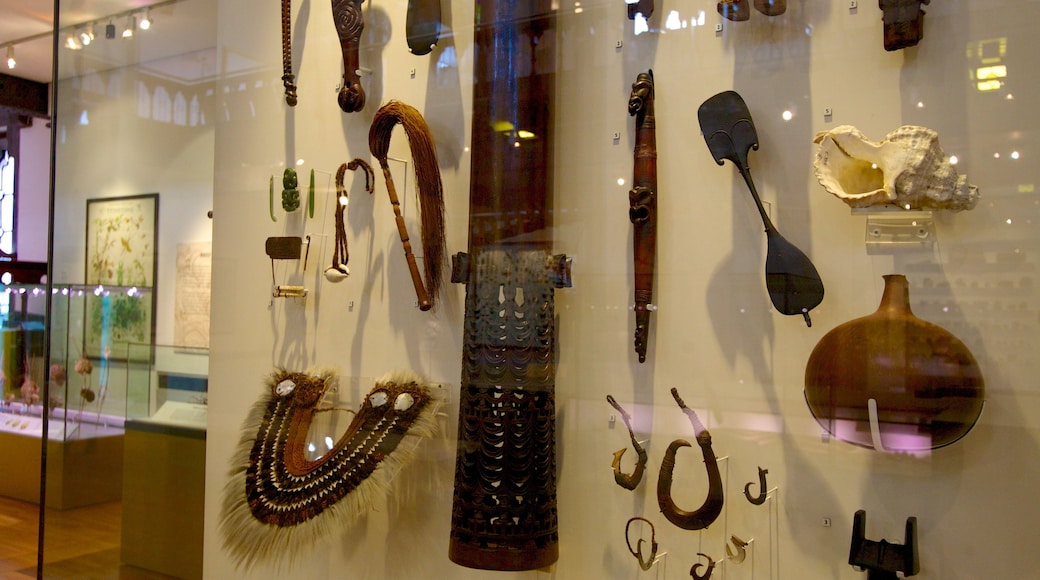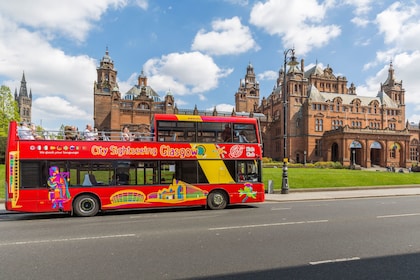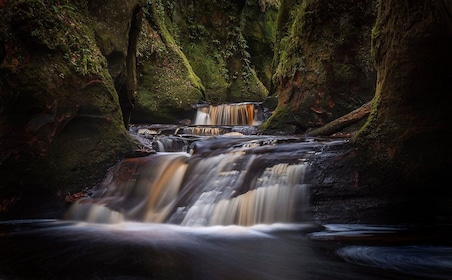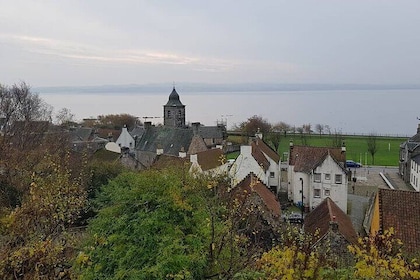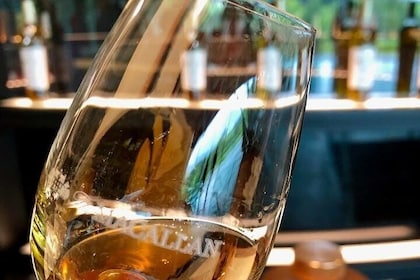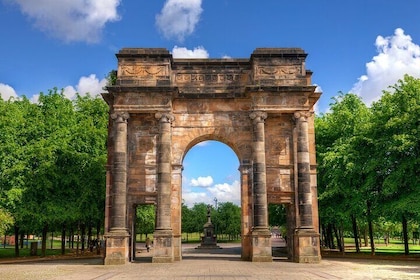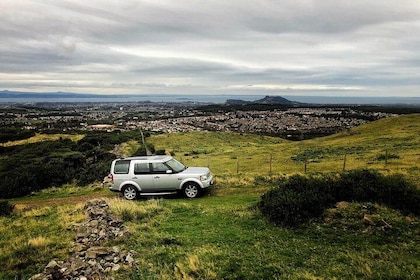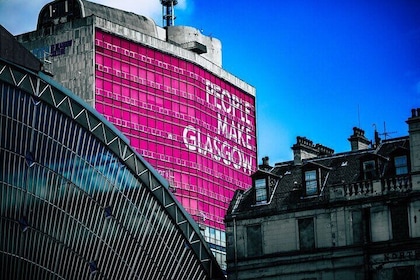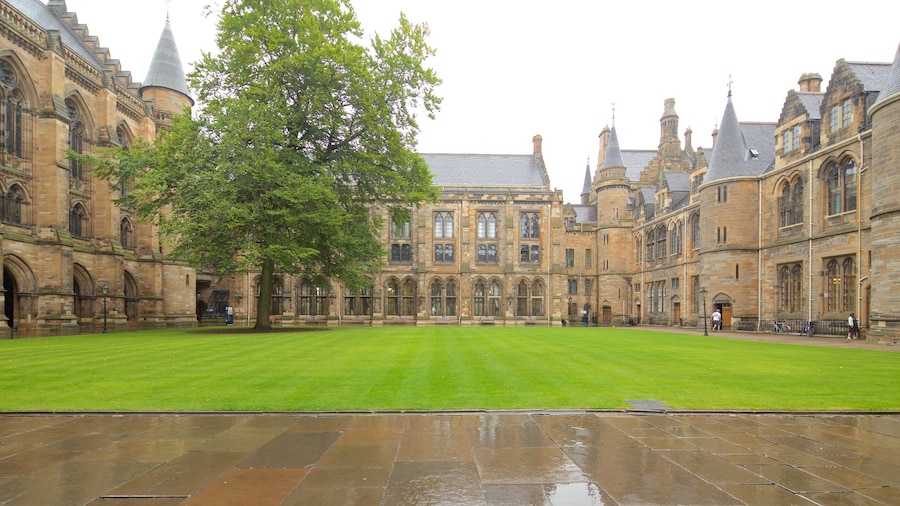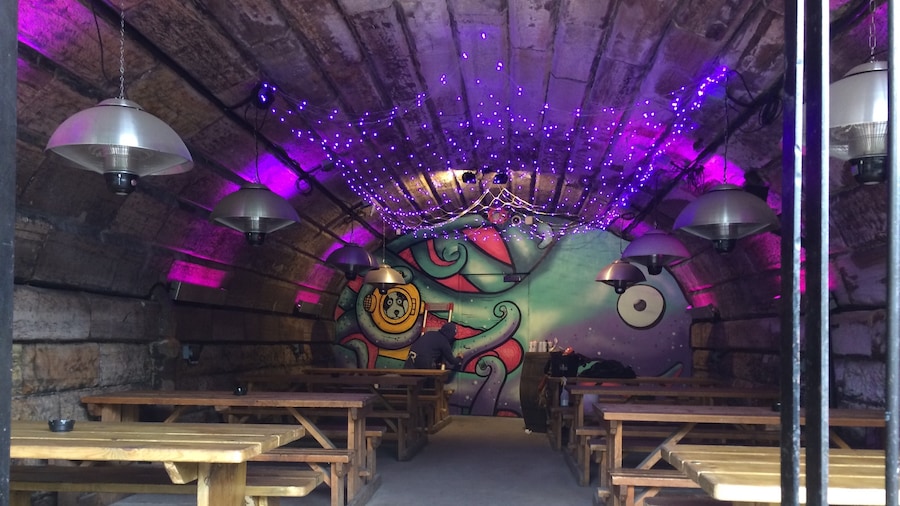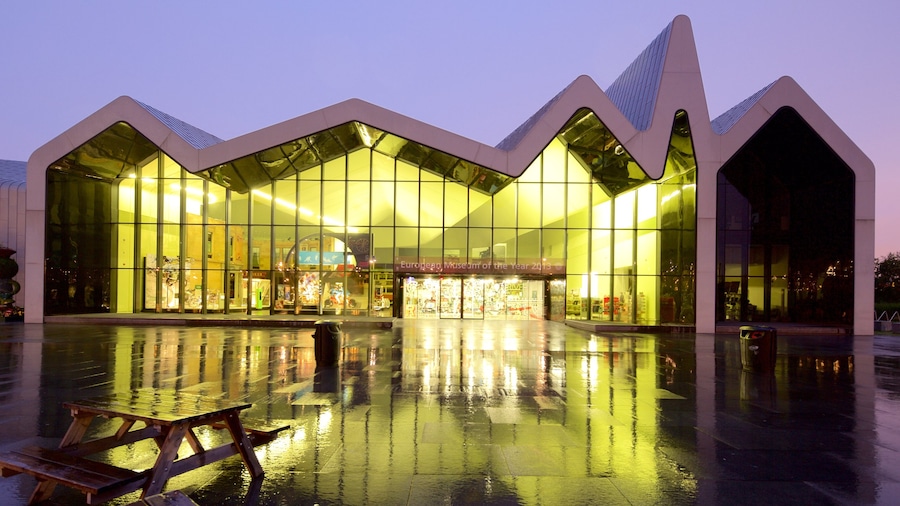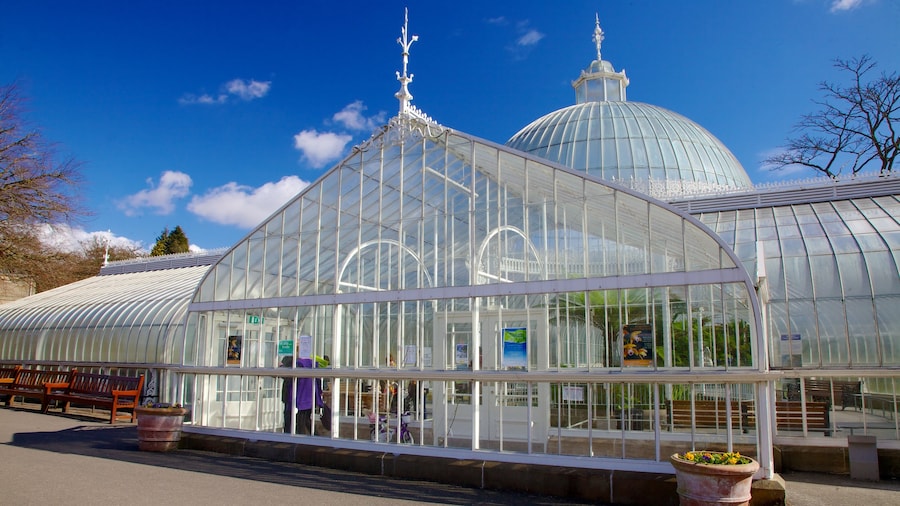Scotland’s oldest public museum draws visitors for its collection of European art, natural history relics and ancient Egyptian mummies.
The Hunterian was opened in 1807 and is home to over a million eclectic artefacts and works of art, including paintings by Dutch master Rembrandt and an exhibition dedicated to the life of Glasgow architect Charles Rennie Mackintosh.
The museum began life as the private art and natural history collection of Dr William Hunter, who donated the pieces to the University of Glasgow in 1783. The museum as it is today consists of a number of different exhibition buildings, including the Hunterian Museum, the Anatomy Museum, the Zoology Museum and the Hunterian Art Gallery and Mackintosh House.
The Hunterian Museum is home to a collection of Ancient Egyptian, Greek and Roman archaeological relics, including the mummy of an Egyptian woman called Lady Shepenhor, who is believed to have died in 600 BC. Have a look at the remains of the Antoine Wall that in Roman times ran from the east coast to the west cost of Scotland. Don’t miss the Bearsden Shark fossils that were happened upon by a Glasgow local walking his dog alongside a stream.
The art gallery houses an impressive collection of paintings by European artists, including Rembrandt’s “The Entombment” and Chardin’s “A Lady Taking Tea”. Learn about the life and times of Glasgow architect Charles Rennie Mackintosh at the Mackintosh House, and admire the original furniture and woodwork from the house he shared with his wife Margaret MacDonald.
Kids will love the Zoology Museum, which contains live snakes, lizards and marsupials, as well as tiny examples of marine life. Older children will enjoy learning about the miracles of the human body in the fascinating Anatomy Museum.
You can reach the Hunterian from the city centre by car in less than ten minutes – there is free parking on campus at weekends. Alternatively, you can take a bus that stops near the museum entrance. Have a look at the museum’s official website for details about opening hours.




